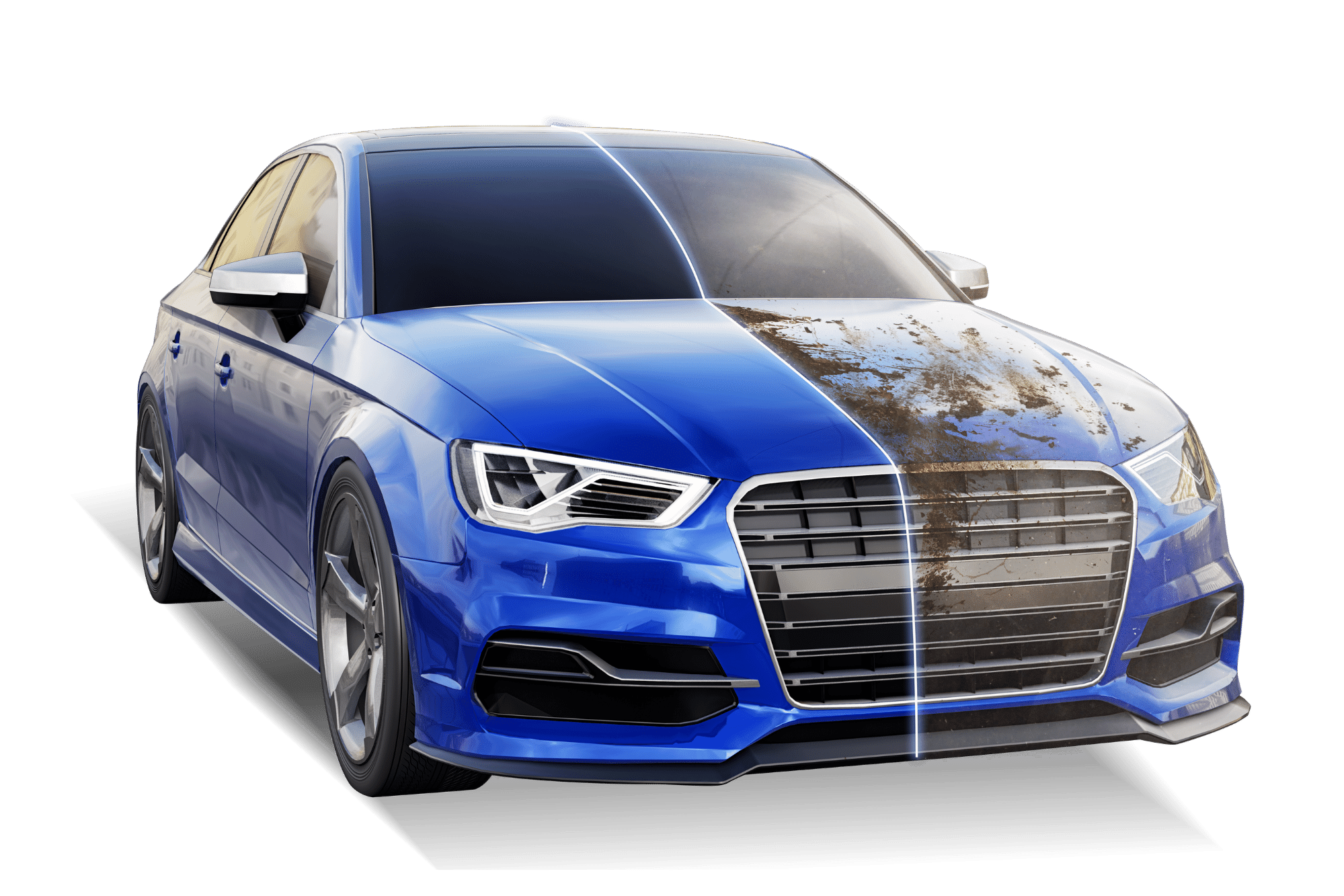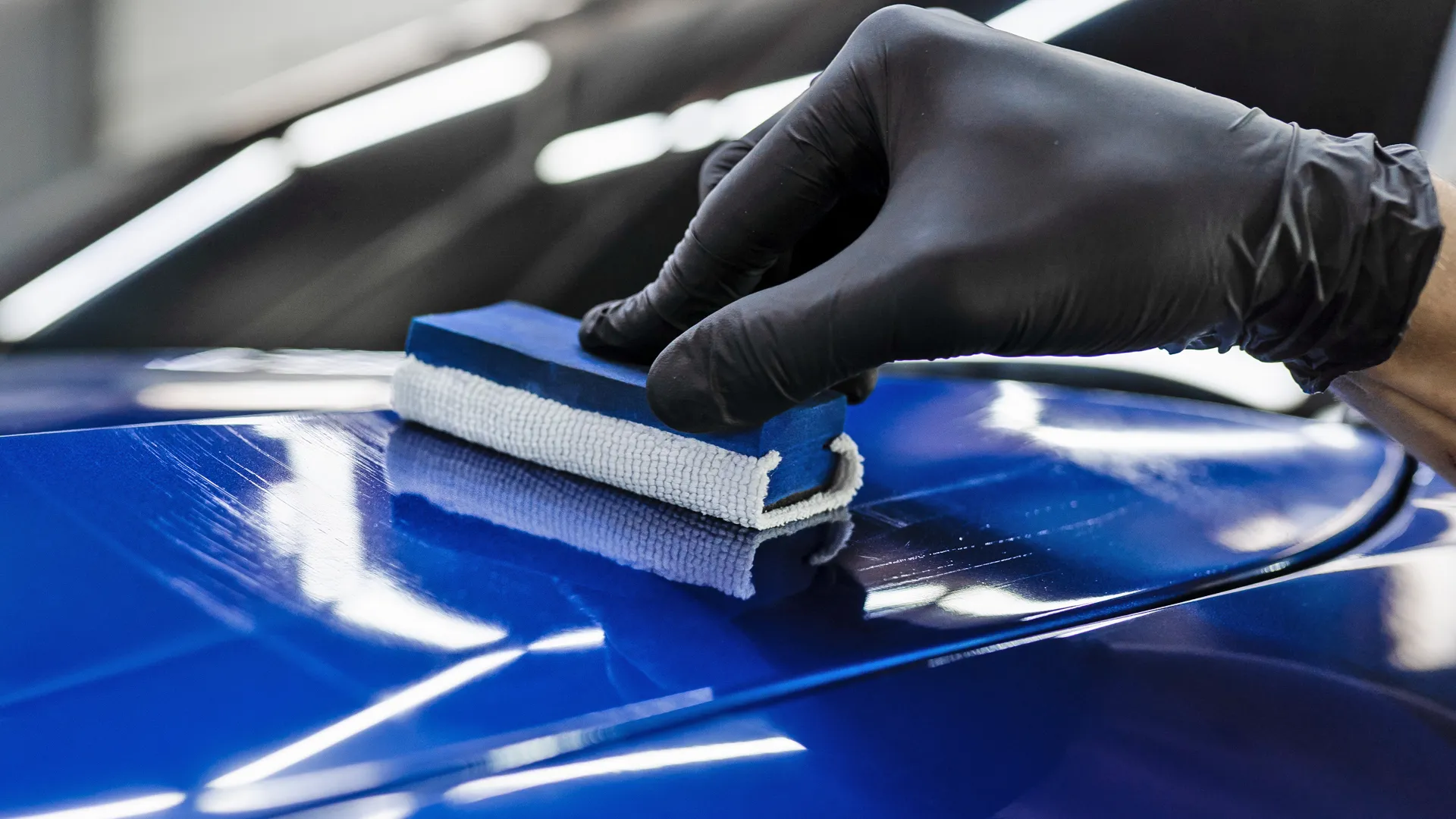Get premium car detailing for a full restoration.
Get premium car detailing for a full restoration.
Blog Article
A Comprehensive Overview to the Kinds Of Ceramic Finish on the Market
Ceramic finishes have emerged as a pivotal option across different industries due to their one-of-a-kind residential properties and applications. As we explore the unique features and applications of these finishings, the implications for efficiency and long life come to be progressively apparent, increasing inquiries about which kind might best suit your demands.
Recognizing Ceramic Coatings
Ceramic finishings are sophisticated protective options that have actually gotten appeal in various markets, particularly in automobile and aerospace applications. These layers consist of a fluid polymer that, when treated, develops a sturdy, hydrophobic layer externally of the substrate. This layer gives enhanced resistance to environmental impurities, UV radiation, and chemical direct exposure, therefore extending the life and visual allure of the underlying product.
The essential component of ceramic coatings is silica, which adds to their hardness and sturdiness. The application process normally includes surface area prep work, application of the coating, and healing, which can be achieved through heat or UV light. Once healed, ceramic coverings exhibit remarkable bonding residential properties, enabling them to adhere strongly to a variety of surface areas, consisting of metals, plastics, and glass.
In enhancement to their safety functions, ceramic layers also provide ease of upkeep. Their hydrophobic nature decreases the adherence of dirt and gunk, making cleansing less complex and much less regular. Overall, the fostering of ceramic coverings stands for a significant advancement in surface area protection modern technology, offering both useful and visual advantages throughout numerous sectors.
Kinds Of Ceramic Coatings
Various kinds of ceramic layers are available, each developed to meet particular performance requirements and applications - Auto Detailing. One of the most usual types consist of:
Silica-based Coatings: These coatings mostly consist of silicon dioxide and are understood for their toughness and chemical resistance. They are widely used in automobile and industrial applications.
Titanium Dioxide Coatings: Prominent for their photocatalytic buildings, titanium dioxide coverings are often used in environments where self-cleaning and antifungal residential properties are preferable, such as in structure products and auto surfaces.
Zirconia Coatings: Defined by their high-temperature security and thermal resistance, zirconia coverings are made use of in applications such as wind turbine engines and high-performance automobile elements.
Alumina Coatings: Showing exceptional hardness and thermal stability, alumina finishings are often used in wear-resistant applications, including reducing tools and industrial equipment. - Paint Protection Film
Crossbreed Coatings: Integrating the buildings of different products, hybrid finishings supply enhanced efficiency features, making them appropriate for unique and requiring applications.
Each sort of ceramic coating offers unique objectives, permitting individuals to pick the most appropriate solution based upon details ecological problems and performance demands.
Advantages of Ceramic Coatings
Ceramic coverings, in certain, deal various advantages that make them increasingly prominent amongst suppliers and customers alike. These finishings are resistant to scrapes, chemicals, and UV rays, guaranteeing that the underlying surface continues to be secured over time.
In enhancement to durability, ceramic finishes give superb hydrophobic residential or commercial properties, permitting simple cleansing and maintenance. This water-repellent nature minimizes the adherence of dirt, grime, and other pollutants, which can lengthen the visual appeal and capability of the surface area. In addition, ceramic coatings can significantly boost thermal resistance, making them ideal for applications that withstand high temperatures.

Application Refine
When using ceramic finishings, a careful strategy is important to achieve optimum outcomes. A clean surface ensures proper adhesion of the finishing.
Once the surface is prepped, the following step is to use the ceramic layer. The finish must be used in slim layers, as thicker applications can lead to uneven finishes.
After application, the layer calls for a particular healing time, commonly varying from a few hours to a complete day, relying on the item. Throughout this time, it is crucial to stay clear of direct exposure to moisture or pollutants. A mild buffing might be needed after treating to enhance the gloss and remove any kind of high places. Following these steps faithfully will take full advantage of the efficiency and long life of the ceramic finishing, providing a durable safety layer for the surface.
Upkeep and Durability
To guarantee the longevity and efficiency of a ceramic layer, routine maintenance is essential. Ceramic coatings, understood for their durability and safety high qualities, require certain treatment routines to optimize their life expectancy and performance. The first step in maintenance involves regular washing with pH-neutral soap, preventing severe chemicals that can deteriorate the covering. It is suggested to wash the vehicle regularly, ideally every two weeks, to stop the build-up of impurities that might endanger the finishing's honesty.
In addition to normal cleaning, routine assessments are critical. Seek indications of wear or damages, such as hydrophobic properties reducing or surface blemishes. If necessary, a light polish may be put on revitalize the covering without removing it away.
In addition, the application of a booster spray can boost the finishing's hydrophobic effects and recover its gloss. This is specifically valuable for coatings that have been in use for an extended duration. Inevitably, by adhering to these upkeep techniques, one can significantly extend the life of a ceramic layer, guaranteeing that it remains to offer optimum defense versus environmental factors and maintain the visual appeal of the automobile.
Verdict

Report this page